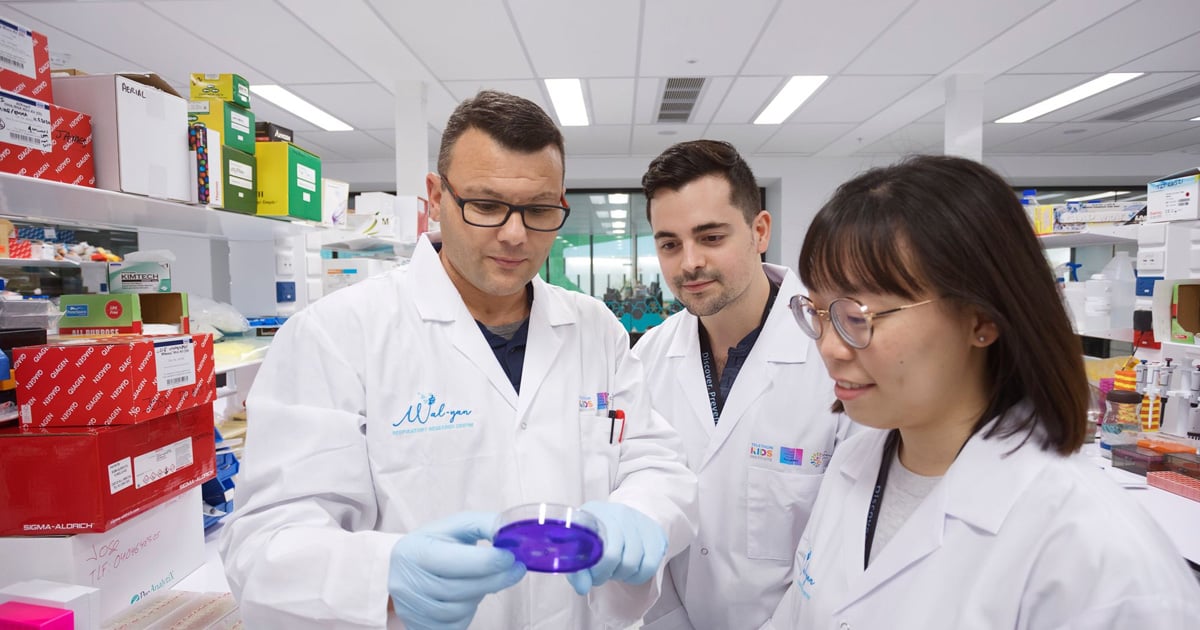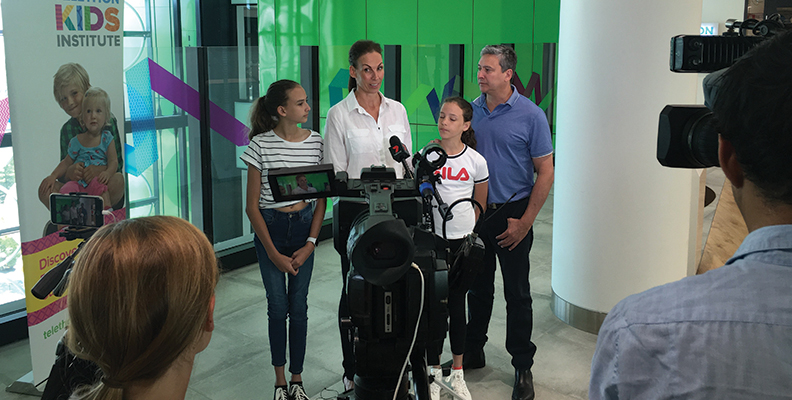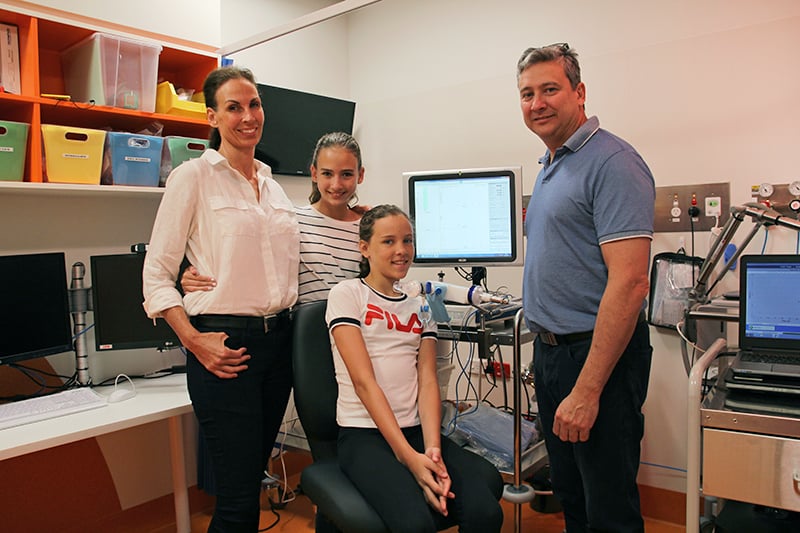Search
Research
The SPEC score—A quantifiable CT scoring system for primary ciliary dyskinesiaStructural lung changes seen on computed tomography scans in persons with primary ciliary dyskinesia are currently described using cystic fibrosis derived scoring systems. Recent work has shown structural changes and frequencies that are unique to PCD, indicating the need for a unique PCD-derived scoring system.

News & Events
Cure4CF Grant a boost for innovative Cystic Fibrosis researchA $350,000 Cure4 Cystic Fibrosis grant is set to propel the Wal-yan Respiratory Research Centre’s Phage WA program forward, supercharging its fight against antimicrobial resistant (AMR) lung infections in people with Cystic Fibrosis (CF) using cutting-edge phage therapy.

News & Events
New drug therapy provides hope for kids with cystic fibrosisThe Kids Research Institute Australia spin-off company, Respirion, received $20 million in funding to develop a promising new therapy.

News & Events
New drug therapy provides hope for kids with cystic fibrosisThe family of two girls with cystic fibrosis are hopeful after The Kids Research Institute Australia spin-off company, Respirion, receives $20 million in funding to develop a promising new therapy.
Research
Novel method to select meaningful outcomes for evaluation in clinical trialsA standardised framework for selecting outcomes for evaluation in trials has been proposed by the Core Outcome Measures in Effectiveness Trials working group. However, this method does not specify how to ensure that the outcomes that are selected are causally related to the disease and the health intervention being studied. Causal network diagrams may help researchers identify outcomes that are both clinically meaningful and likely to be causally dependent on the intervention, and endpoints that are, in turn, causally dependent on those outcomes.
Research
Association between early respiratory viral infections and structural lung disease in infants with cystic fibrosisInfants with cystic fibrosis (CF) develop structural lung disease early in life, and viral infections are associated with progressive lung disease. We hypothesized that the presence of respiratory viruses would be associated with structural lung disease on computed tomography (CT) of the chest in infants with CF.
Research
Air trapping in early cystic fibrosis lung disease-Does CT tell the full story?Mosaic attenuation on expiratory chest computed tomography (CT) is common in early life cystic fibrosis (CF) and often referred to as "air trapping"
Research
The AREST CF experience in biobanking - More than just tissues, tubes and time.Research to further improve outcomes for people with CF is dependent upon well characterised, archived and accessible clinical specimens.
Research
Chest imaging in cystic fibrosis studies: What counts, and can be counted?The aim of this study is to characterize the role of currently available CT and MRI markers in clinical studies, and to discuss challenges with CF studies.
Research
Effect of posture on lung ventilation distribution and associations with structure in children with cystic fibrosisBackground: We assessed the effect of posture on ventilation distribution and the impact on associations with structural lung disease.
